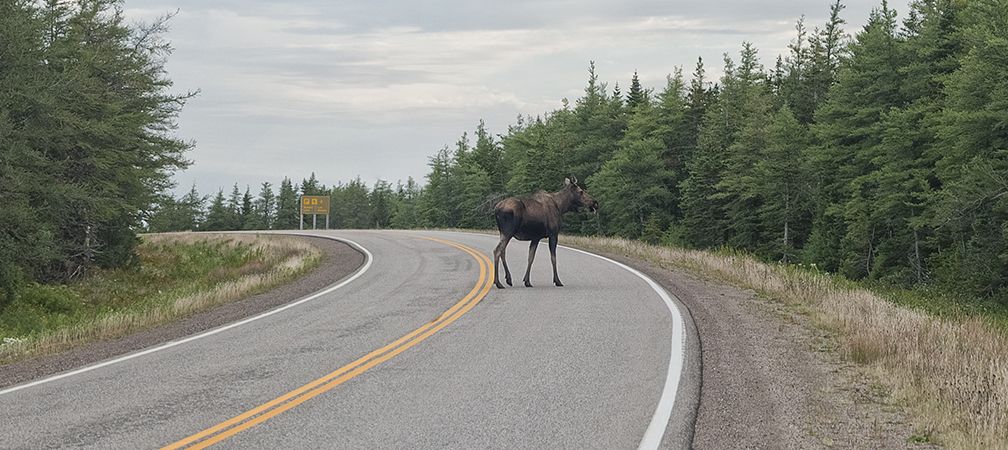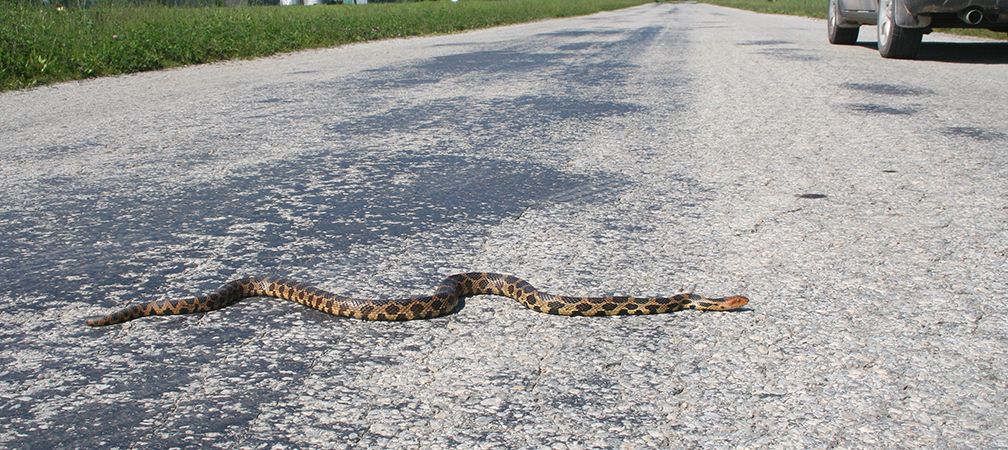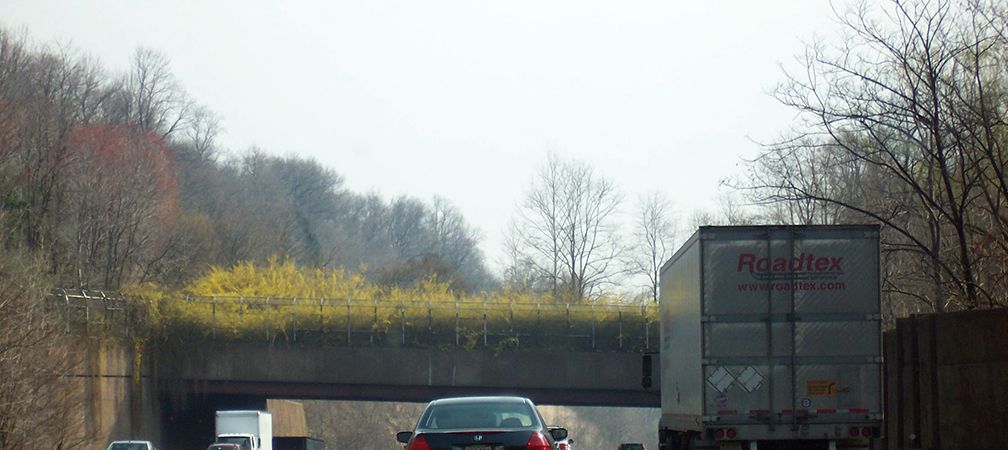Ontario Nature Blog
Receive email alerts about breaking conservation
and environmental news.
© Lora Denis
May 5, 2023–Renee Suzanne Lemieux
Reduce Your Footprint•Reptiles and Amphibians•Species at Risk
Snapping turtle © David Seburn
Our planet’s natural environment is under unprecedented stress. The good news is that you can help restore a healthy planet by reducing your environmental footprint, and we’re here to help you. This blog is part of a series that will help you go #GreenStepByStep. Subscribe to our blog to follow along!
Wildlife-vehicle collisions are more common than you may think. In Canada, it’s estimated that one occurs roughly every 38 minutes. Each year in Ontario, 14,000 wildlife collisions are reported for large animals, which account for approximately 10% of all vehicle accidents in the province. Statistics documenting the impact of road collision on smaller animals – like frogs, squirrels and songbirds – however, are limited and often difficult to measure.
Read on to find out what to look for on the road and how to avoid dangerous situations that are common in most wildlife-vehicle collisions.

Two-lane roads account for 89% of wildlife collisions. Warning signs and geographical indicators such as wetlands, lakes, rivers, ponds and dense forests indicate you are in a higher risk area for animal crossings.
In addition to your location, the time you are driving is just as important. Driving at dusk or dawn during fall or summer months is especially risky. Moose are at highest risk during the months of June, July, and August. Deer migrating during the fall, especially October and November, are most at risk at this time of the year. Turtle collisions are most common during their mating, nesting and spring migration period of May, June, and July, and hatchlings in September and October. Snakes are commonly found on roads during the spring and summer foraging for food, and in the early fall during hatching season.

Wildlife collisions not only pose risk to the people and animals involved in the incident, but they can contribute to population declines for rare or endangered species. Roads are a major threat to reptiles, particularly turtles. In Ontario, there are 8 species, all of which are listed as at-risk federally, and seven of which are listed as at-risk in Ontario. Given that turtles are long-lived species that don’t reach reproductive maturing until they are 8–20 years old, together with a low survival rate for hatchlings and juveniles, very small increases in the mortality rates can have significant impacts on their populations.
Here are some tips to help our slow-moving friends cross the road:

Fortunately, there is a solution for helping to mitigate wildlife-vehicle collisions: wildlife crossings.
Wildlife crossings are underpasses, overpasses or other structures that allow animals to safely cross roads and other human-made barriers and reduce the risk of colliding with a vehicle. For example, the 69 Burwash Overpass located in Sudbury and situated over Highway 69 is regularly used by deer, moose, black bears, red foxes, coyotes and wolves – just to name a few.
Additionally, structures like the Ojibway Parkway Wildlife Overpass in Windsor, Ontario, provide endangered species, like the eastern foxsnake, with a means of safely crossing over the highway.
To learn more about how wildlife in Ontario is impacted by this issue, check out the resources listed below and this article in our award-winning magazine, ON Nature.

Gananoque Lake Nature Reserve © Smera Sukumar